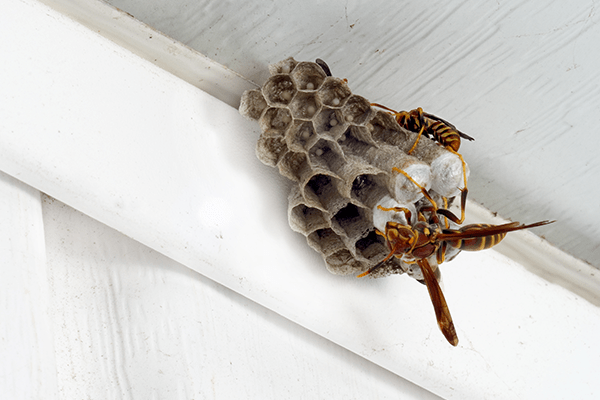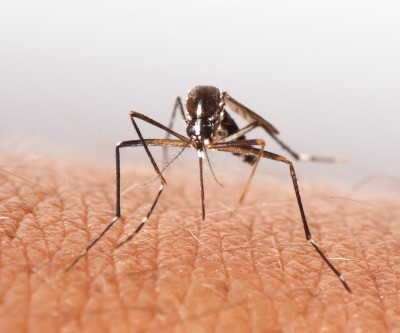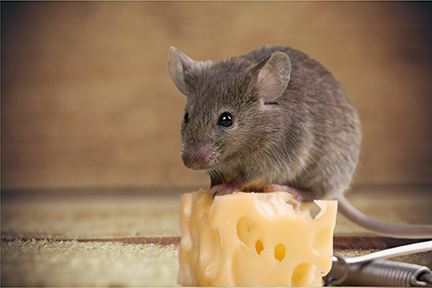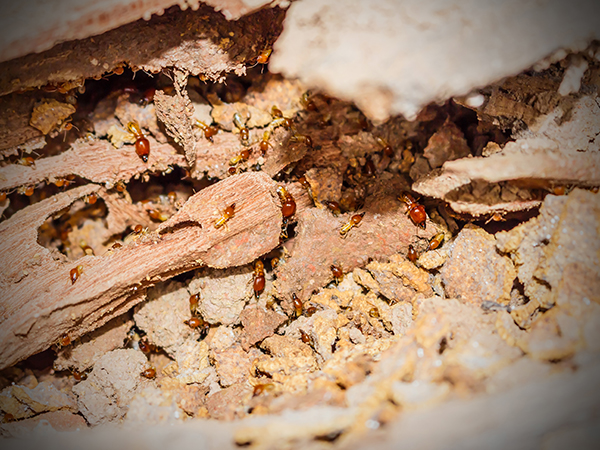Ways To Be Eco-Friendly
Here at Holistic Pest Solutions, we are mindful of our clients AND our Earth. We take pride in doing research to find the most Earth friendly solutions to your pest problems rather than just charging in with a bunch of chemicals. There are many ways to be Earth-friendly in your day-to-day. Here are some terrific ways to be eco-friendly.







